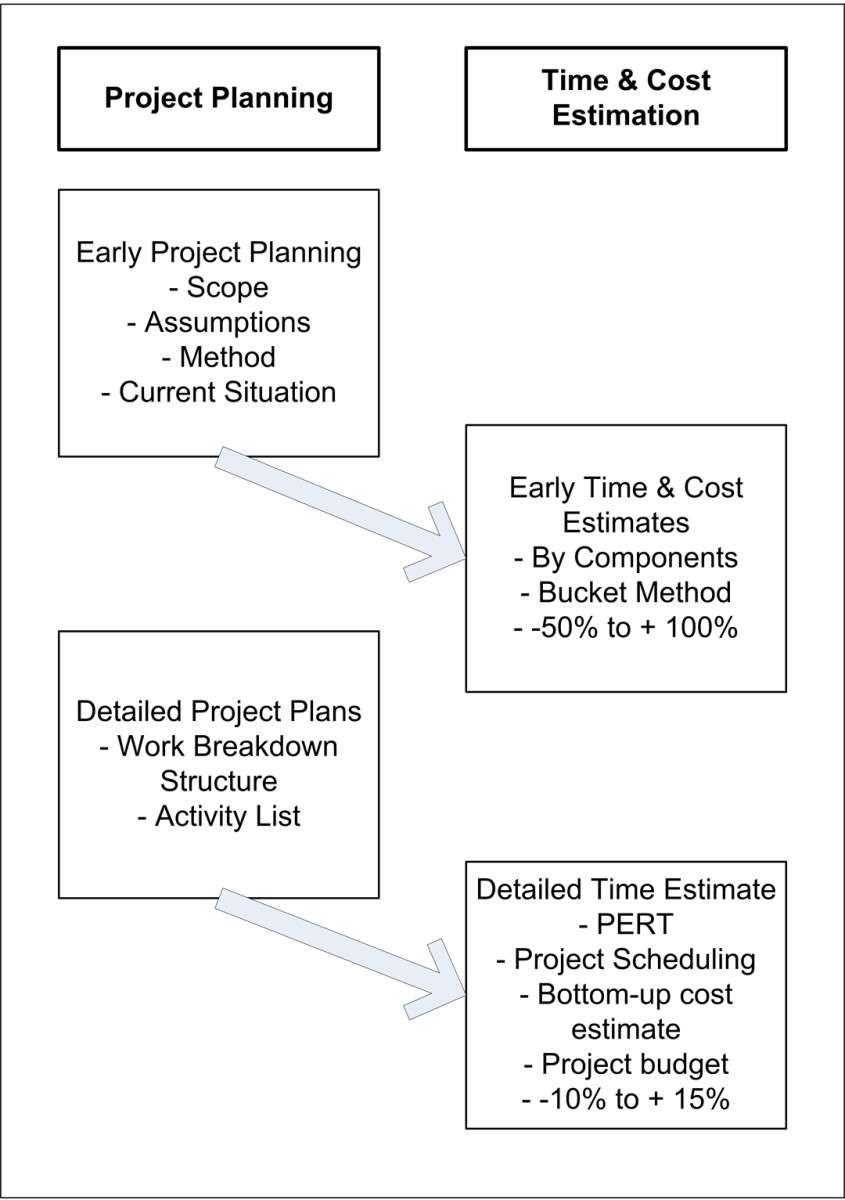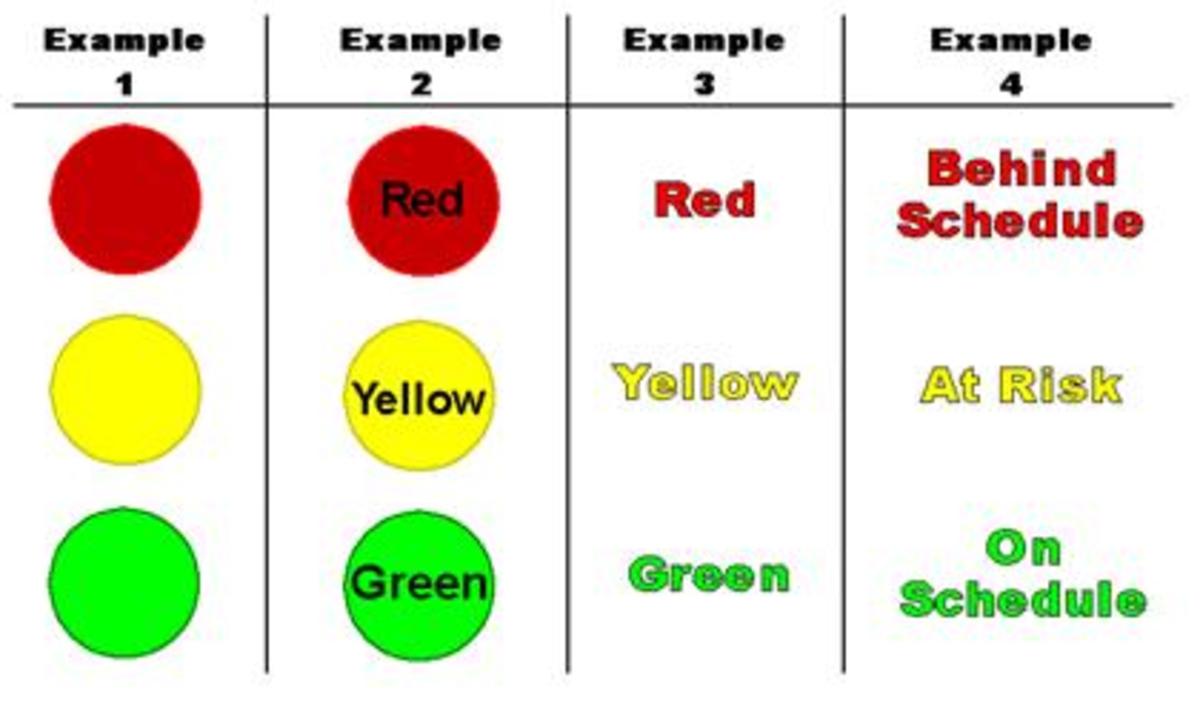Project Management Templates: Communication Plans

The single biggest problem in communication is the illusion that it has taken place.
The Purpose of a Communication Plan
A clear, thorough plan about how you will communicate with your project stakeholders serves not one but several purposes.
- First and foremost it provides your project hierarchy with a blueprint. That blueprint describes how you will obtain the level of stakeholder support necessary for the project objectives to be realized.
- The plan is normally approved as part of the project’s initial set up. This ensures that each communication from the first day the project is live is purposeful, appropriate and endorsed.
- A good communication plan is also an accountability tool. In it, lead communication roles are assigned and key messages set. This will help your team to have a consistent voice throughout the life of the project. That consistency is the basis for building stakeholder trust in your messages and the project itself.
- Not least, developing the plan will allow you as project manager to familiarise yourself with each of the stakeholders and the level of interest and influence they are expected to exert in respect of your project. This is vital for you to be able to effectively engage with them.
Your project needs to access information from your stakeholders as well as empower them to take control of the project outputs once it is completed.
A good plan that is well executed enables this transference of knowledge.

Basic Elements of a Communication Plan
The basic components of even the most simple of communication plans are ‘why, who, what, how, when and whom’. That is:
WHY do you need to engage audience A? This module is where you describe the rationale for engagement. In other words, this is where you set out your goals and objectives or what you want to achieve in respect of the project’s communications.
WHO is your target audience? The more detailed you are able to be here, the more you will be able to tailor your messaging. For projects that have some degree of complexity, risk or size, undertaking stakeholder analysis at this point in your project lifecycle is recommended.
WHAT are your key messages? You may need to develop a messaging matrix that provides for different voices (e.g. formal versus informal), are tailored for specific audiences, builds up stakeholder knowledge over time and so on.
HOW should you and your team communicate with various stakeholders? Determine what channels should be used, when, by whom and to which audience. Keep in mind that the channels you utilize will have an impact on the form and language of the message itself.
WHEN does the information or news need to be received by the audience? Consider the need for scheduled versus ad hoc messaging. Do you need to have regular engagement touchpoints throughout the project lifespan for instance?
WHOM should be responsible for delivery of the message or its approval? This responsibility will not always fall on the project team and in fact it is usual and desirable for members of the end user group to take on some of these tasks. The end users are the people who will take ownership of whatever it is the project is to deliver - they are the project’s customers.
The Structure of Your Plan
The table below sets out the framework for your plan along with a list of the content that typically appears in each module.
MODULE
| TYPICAL CONTENT
|
|---|---|
Cover Page
| Title, author, date, version
|
Document Control
| Version table, approval table
|
Table of Contents
| Hyperlinks to pages
|
Introduction
| Purpose of the document, project overview, scope, any other contextual information
|
Objectives
| Communication objectives and principles
|
Audience
| Description of target audience, their relationship with the project, any risks associated with each group
|
Messages
| Overall key messages, audience specific messages
|
Channels
| Primary communication channels for each stakeholder group
|
Timings
| Roadmap of when messages should be delivered
|
Accountabilities
| Roles and responsibilities
|
Appendix (if required)
|

When language is used without true significance, it loses its purpose as a means of communication and becomes an end in itself.
Writing a Communication Plan
Preparation
If you have not already done so, briefly outline how you will complete the plan.
Working back from when the plan is due, note your timings for each activity. If you have one week to complete the plan for instance, how much of that time will you dedicate to each task.
Be sure to cover at a minimum:
- Research activities
- Writing
- Reviews and rewrites
- Authorisation processes
Be especially mindful of any meetings you need to schedule with people who will contribute to the plan - trying to co-ordinate these can really put pressure on an already tight timeframe.
Research
The first thing to do is check if there are any in-house templates you are expected to use. This will guide you in preparing the content.
You will then need an in-depth understanding of the project, particularly its key deliverables and scope. In most cases there will be project documentation which will provide you with this information.
For smaller projects or those not following standard project methodology, there may not be any documents. In either case, it is good practice to connect with your project hierarchy and ensure you have the same understanding of what it is your project is expected to achieve.

Don’t rely on the written word alone, it is very easy for people to have a different picture in their head of what the end result will look like.
You should also meet with your team and potentially with representatives from the project customer-base.
Whether you meet with the latter group is dependent on how discrete you need to be, their ability to be released from the business and whether your team has the requisite knowledge themselves. Together these are the people you will brainstorm with when undertaking your stakeholder analysis.
You may also need to meet with Human Resources, Marketing, Communications, Public Relations, Legal, Unions or other groups with an interest in how your project talks to its audience.
Writing
Before you type your first word check whether there is a particular style of writing or formatting you need to apply to the plan.
In one of my previous projects every element on the page was subject to strict rules. As well, there were 'blacklisted' words that could not be used. This is a common scenario when an organisation has political interests or a brand to protect.
Then it is simply a matter of filling in the template with your research findings making sure you have clearly answered the ‘why, who, what, how, when and whom’ questions.

Reviews
When you review your draft, ask yourself these questions:
- Would someone with minimal project knowledge understand the plan? It can be easy to slip into ‘project-speak‘ which could make your document incomprehensible, tedious or worse, sound as if you’re trying too hard to impress everyone with how much you know about projects. Avoid jargon wherever possible.
- Would someone with little knowledge about your specific project understand the document from start to finish? Have your provided sufficient contextual information in the introduction for the remaining sections to make sense?
- Have you struck the right tone and level of complexity? Think about your audience (whoever will be approving the plan) - have you written the document to suit them? Your plan should be as comprehensive as it needs to be. Don’t create a novel when you don’t need to. Use as few words as possible to get your point across.
Finally, you may want to have other people review the draft. Any feedback can be acted on as necessary prior to the plan being submitted for approval. It can sometimes be advantageous to show that you have taken wider views into account. Ensuring you have obtained any legal or human resources endorsement may also be required.
Authorisation
Having an effective authorisation process is vital to any project. There are few things worse than having too many chefs in the project authorisation kitchen.
Without clearly defined roles and responsibilities as they relate to the sign-off of project documents and outputs, your plan could easily end up in limbo. If your project does not have an established process be proactive in working with management to set one up.
And finally,
Once your plan has been approved refresh your team with its contents and get ready to have some great conversations!










